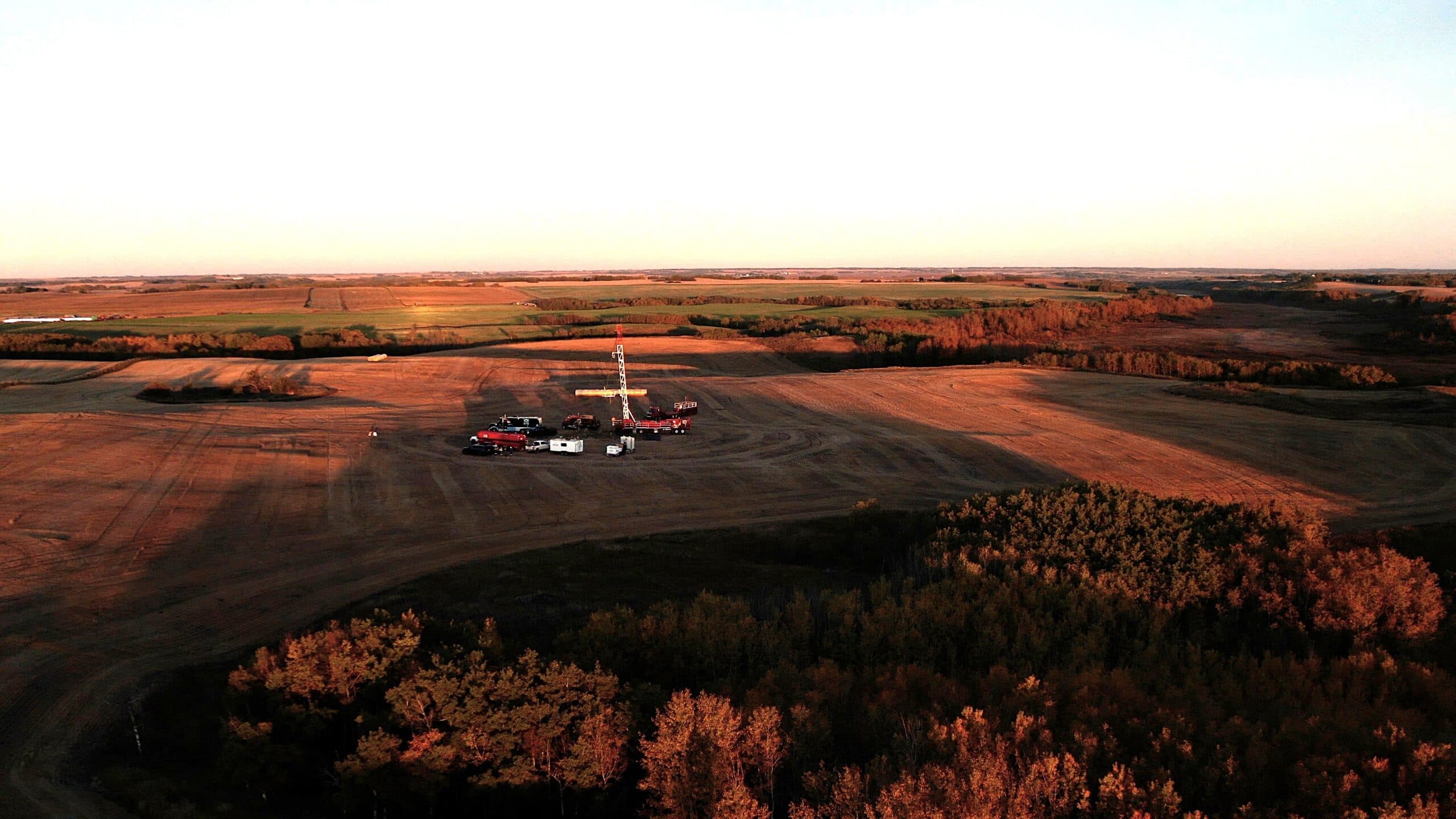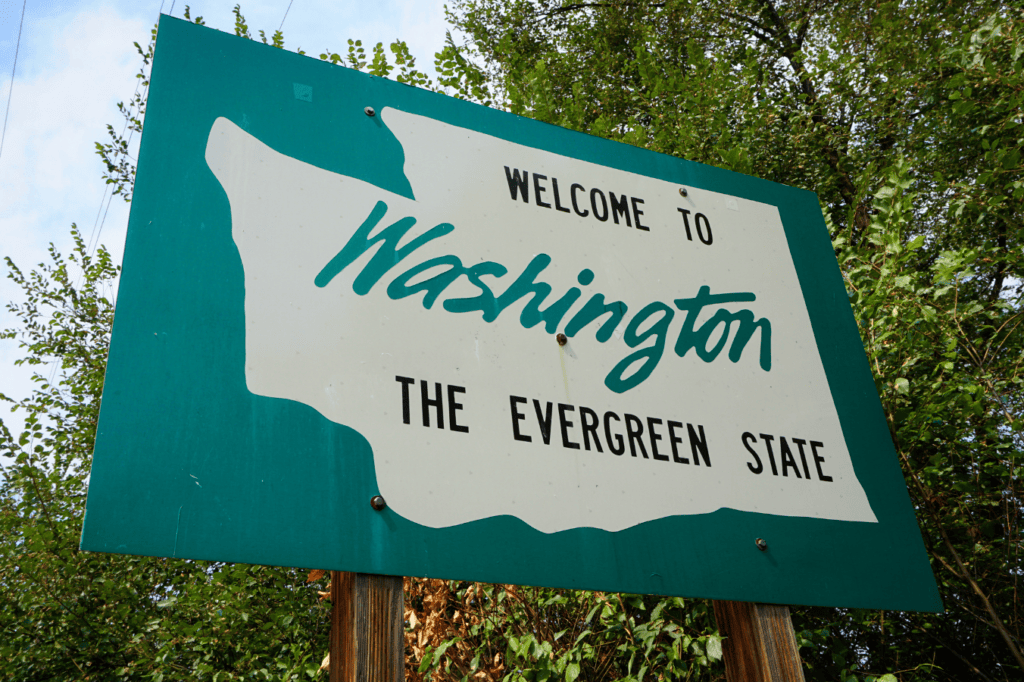Education Center / Get to Know Oregon’s Clean Fuels Program (CFP)
Blog
Category: Environmental Credits, Low Carbon Fuel Programs, Regulatory
Get to Know Oregon’s Clean Fuels Program (CFP)
CLEAN FUELS PROGRAM: OVERVIEW
Oregon’s Clean Fuels Program (CFP) is a market-based program focused on reducing the carbon intensity (CI) of transportation fuels used in Oregon. It was enacted by the Oregon legislature in 2016 and is managed by its Department of Environmental Quality Commission (DEQ). By 2035, the CFP is set to reduce fuel CI by 37%. The 2015 baseline year for the program represents 10% ethanol blended with gasoline and 5% biodiesel blended with diesel. The CFP brings tremendous opportunity to those participating by developing and using clean fuel. Below are a few program specifics you should know.
Carbon intensity is the measure of lifecycle greenhouse gas emissions from a transportation fuel, expressed in grams of carbon dioxide per megajoule of energy. This measure is used as part of the CFP (and California’s LCFS) because it considers all emissions related to both the production and use of a fuel. To comply with the CFP, each fuel must obtain its own CI score, given by the Oregon DEQ (using the OR-GREET model as its calculation methodology). Below are three ways CI scores can be obtained:
- If the fuel has a carbon intensity value approved by the California Air Resources Board, the business can adjust GREET for the difference in the transportation distance to Oregon and submit it to the DEQ.
- If the fuel does not have an approved carbon intensity value from CARB, then the business must apply for a carbon intensity value from the DEQ.
- There are also some temporary carbon intensity values that can be used for up to two quarters until the DEQ can approve an individual carbon intensity value.
CLEAN FUELS PROGRAM: FAQS
How Are CFP Credits + Deficits Generated? Like the California LCFS and federal RFS, the CFP also uses credits and deficits to determine program compliance. Credits are measured by grams of carbon dioxide emissions produced per megajoule of energy created, also known as carbon intensity (CI). Credits are generated when the CI of a fuel is lower than the standard set by the Oregon DEQ for that year, and deficits are created when the CI of the fuel is above the standard.
Who Generates LCFS Credits + Deficits? Regulated parties of the CFP include importers of gasoline, diesel, ethanol, and biodiesel. An importer is classified as an entity that has ownership title to a transportation fuel from outside of Oregon at the time it is brought into the state. Likewise, businesses that produce ethanol and biodiesel in Oregon are also considered regulated parties. Small importers are businesses that import less than 500,000 gallons of transportation fuel per year and do not have to comply with the CFP but may still submit a report.
What Happens if Regulated Parties Generate Deficits? Regulated parties that have generated deficits and not enough credits themselves must then find credits to buy and satisfy their required obligation per the CFP. Alternative fuel producers, who typically generate more LCFS credits than needed, sell their credits to regulated parties using the CFP online system, which is a DEQ-administered platform.
WHY IS THE CFP PROGRAM SO IMPORTANT TO OREGON AND THE REST OF THE NATION?
Air Quality Improvements: California is home to some of the most problematic air quality, largely caused by transportation-related emissions. The LCFS marks a sharp turning point in addressing California’s air quality, thanks to its immediate and long-term environmental goals. In Oregon, the CFP program has already started to reduce emissions.
Clean Fuel Development & Adoption: Like the LCFS, CFP credit values have spurred new interest in clean fuel development, resulting in job creation and economic growth. Landfills, agricultural facilities, and wastewater treatment plants can now transform their waste to a beneficial product, in addition to reducing methane that otherwise would have been emitted into the atmosphere. More clean fuel production translates to greater supply, creating confidence fleets need to consider a transition to alternative fuels. Couple increased supply with a portion of the CFP credit value Oregon fleets often retain and the incentive to use clean fuel intensifies, adding to the positive environmental impact.
WHAT’S ON THE HORIZON?
While the CFP is here to stay, benchmark emission rates change over time in addition to compliance and reporting requirements. It can be challenging to stay current as the CFP evolves which is key to optimizing returns on clean fuel development projects and clean fuel usage. We can help. Reach out to learn how.
FURTHER READING
Did you also know that other CFP-like programs exist? California has a Low Carbon Fuel Standard and several other states are working on similar programs to reduce greenhouse gas emissions from transportation. Additionally, the Renewable Fuel Standard, is a federal program that continues to drive clean fuel production, aiding state-level programs that incent adoption.












